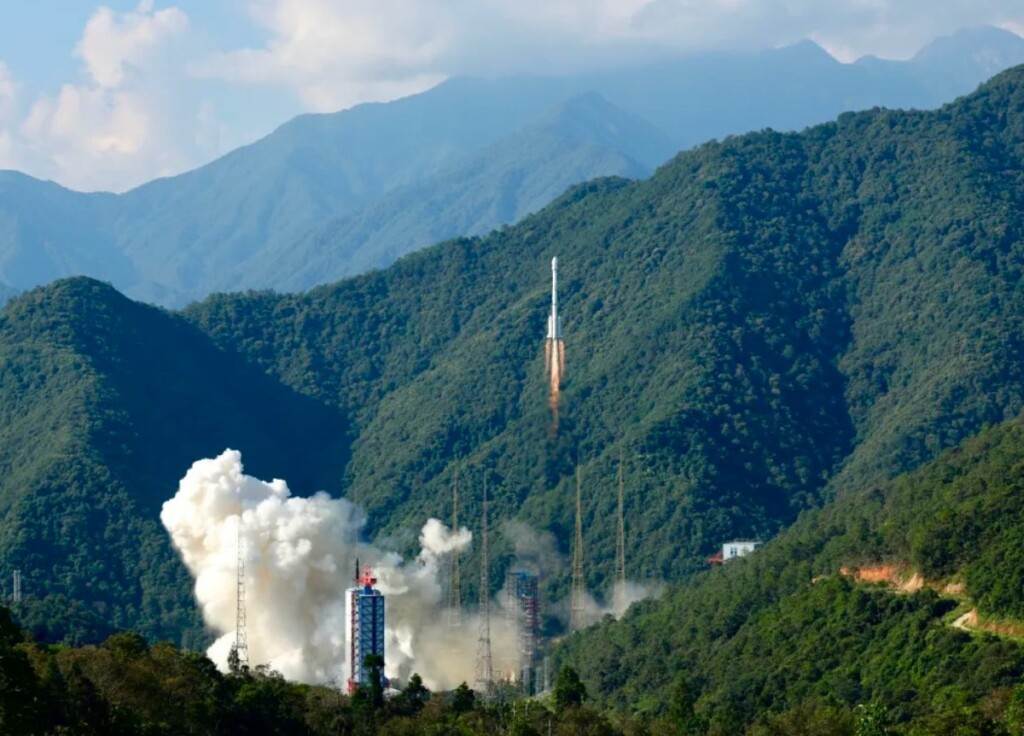Tag Archives: impact
12
Nov
Journey To Impact: Volunteering In Boroondara | Mirage News
Top Stories Tamfitronics Coinciding with International Volunteer Day, we're exploring the stories of local volunteers making a ...
12
Nov
Report; The impact AI has on the traders’ world
Technology tamfitronics AI technology has had massive implications for many different industries and sectors, with new tools saving cou...
25
Oct
America is at risk of high impact GPS jamming and spoofing from space
Top Stories Tamfitronics “There is every reason to believe China’s BeiDou global navigation satellite system has the abilit...
02
Oct
US Election Impact on Crypto Regulations: Will Donald Trump Ease SEC Restrictions?
Top Stories Tamfitronics The United States is about to witness a crucial presidential election this November. This time, the contest is...






 Hot Deals
Hot Deals Shopfinish
Shopfinish Shop
Shop Appliances
Appliances Babies & Kids
Babies & Kids Best Selling
Best Selling Books
Books Consumer Electronics
Consumer Electronics Furniture
Furniture Home & Kitchen
Home & Kitchen Jewelry
Jewelry Luxury & Beauty
Luxury & Beauty Shoes
Shoes Training & Certifications
Training & Certifications Wears & Clothings
Wears & Clothings




